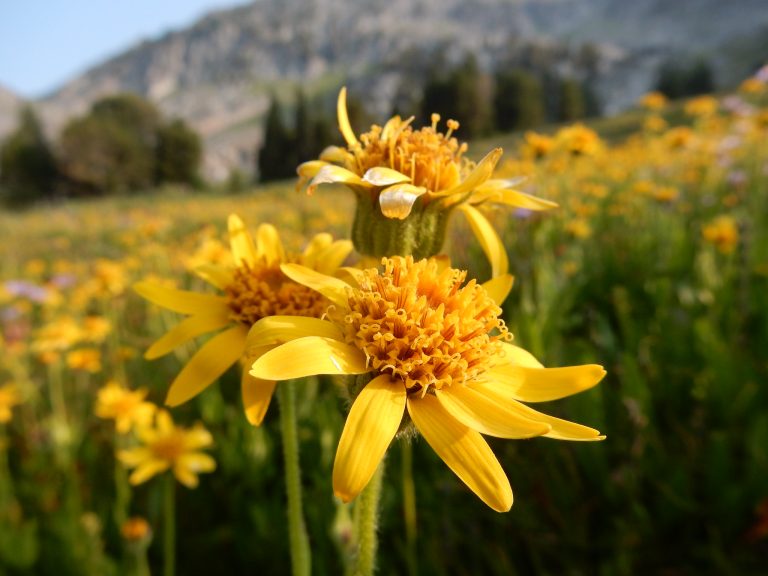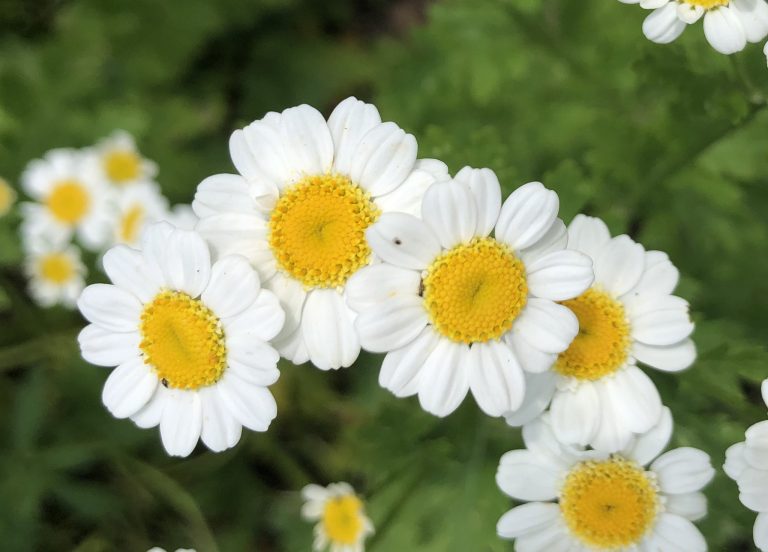In both the East and the West, before modern medicine there were herbs. People, mainly women, knew their plants and understood their medicinal effects. Valuable recipes were recorded in books or passed along orally through generations. Health care was readily accessible and relatively reliable, with most households having a store of trusty remedies on hand.
As our focus moved toward empirical science and technological advancement, medicine became both less natural, and less accessible. The powerful chemical compounds naturally found in plants were isolated and artificially produced; while the traditional remedies and the women who made them were discredited for lack of scientific validity — or perhaps because there was a whole load of money to be made in the field of medicine.
Yet herbal medicine was never completely suppressed. Indigenous people around the world still rely on traditional healers, and there are many highly-educated people who look to natural alternatives for maintaining and regaining health. In this series, we will look at dozens of herbs that not only have powerful medicinal properties, but can also be grown in a home garden.
Beginning with arnica, we will work our way through the alphabet. Even this will fall far short of a comprehensive look at botanical medicinals, so we will selectively focus on practicality and utility.
Arnica — the plant
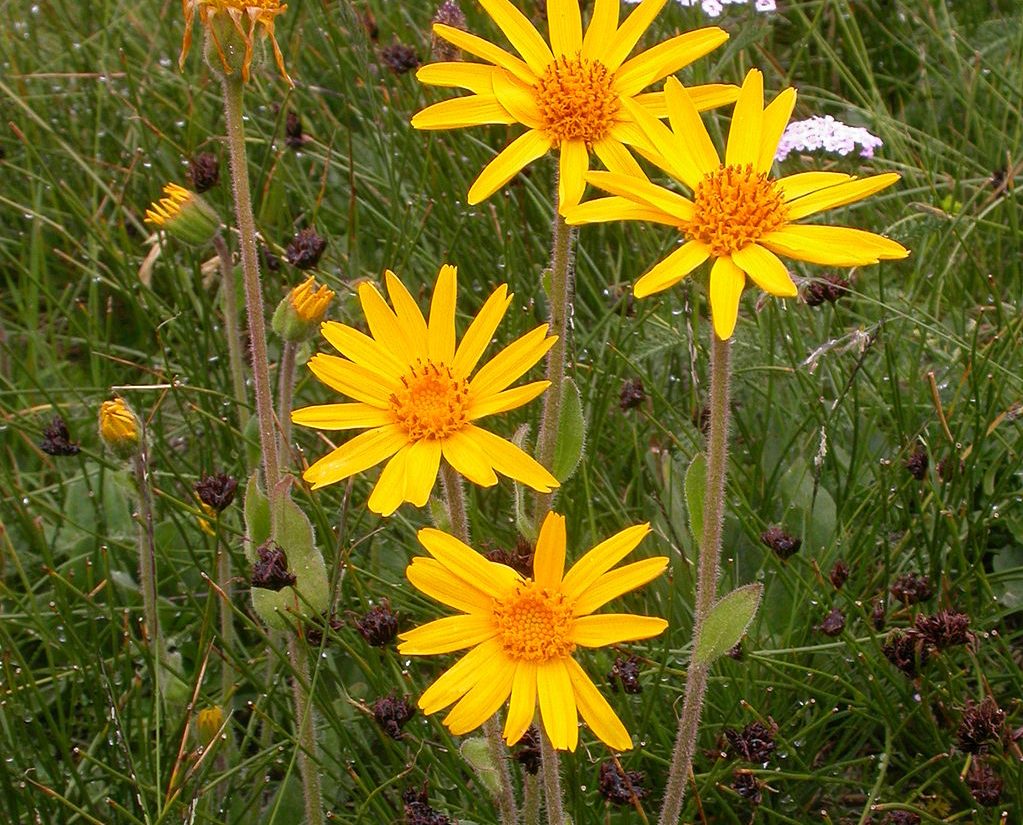
Arnica is a genus of about 30 species of herbaceous perennials native mainly to areas of North America and Europe, with just a few species in the East. A member of the aster family, arnica blooms June through August with bright orange to yellow flowers that resemble daisies. Its name is likely derived from the Greek “arni,” meaning lamb, owing to the plants’ soft, fuzzy leaves.
Success
You are now signed up for our newsletter
Success
Check your email to complete sign up
Due to the presence of helenalin, a toxic sesquiterpene lactone, this herb should not be taken internally; yet this same chemical compound may be the main reason the dried flowers have long been used in topical ointments to relieve pain and reduce bruising.
Arnica’s anti-inflammatory properties are well-documented and it is often recommended as a natural treatment for arthritis and bruised muscles. Arnica montana is the species most commonly used in commercial products.
People with allergies to other members of the aster family — including ragweed (Ambrosia), goldenrod (Solidago), mugwort (Artemisia) and marigold (Tagetes) — should approach arnica with caution.
Medicinal properties of arnica
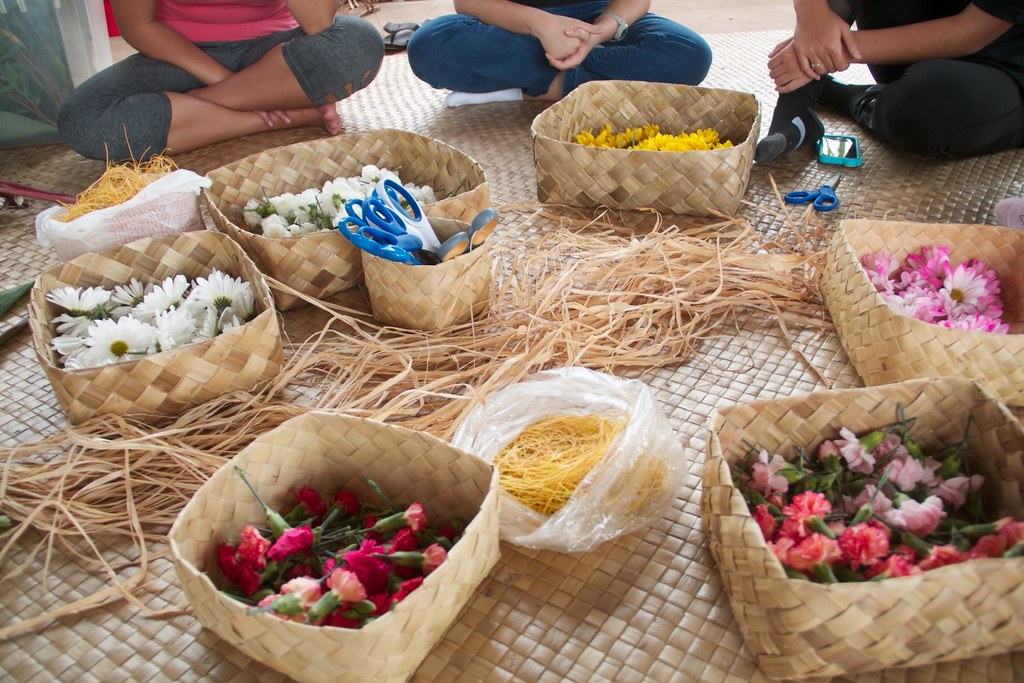
Arnica flowers contain a number of chemical compounds that account for its healing effects. Sesquiterpene lactones (in quantities ranging from 0.2 to 1.5 percent) are anti-inflammatory, and effective in treating cardiovascular disease and cancer. Flavonoids (4 to 6 percent) serve as antioxidants, tannins are both styptic and astringent, and coumarin has anti-coagulant properties.
Traditional applications to ease pain and swelling from bug bites, sprains, blunt injuries or rheumatism might include a linen poultice made from flowers steeped in boiling water, or a salve made with arnica infused oil.
Today, many commercial ointments for pain include arnica extracts, and homeopathic remedies — where the herb is repeatedly diluted until only its energy is left (with no detectable trace of the substance) — are available as tiny tablets.
How to grow arnica
Of the many Arnica species, A. chamissonis is perhaps best suited to home gardens. Hardy in USDA zones 4-9, it is easy to grow, and has the same medicinal properties as A. montana, which is naturally found in mountainous regions. Whichever arnica you choose, these pretty perennials average 24 inches in height, attract pollinators, and are relatively deer resistant.
In a sunny area with good drainage, arnica should do well and form a matted planting within a couple of years. Arnica thrives in poor soils and can be started indoors from seed, divided from mature plants, or purchased as young plants.
From seed
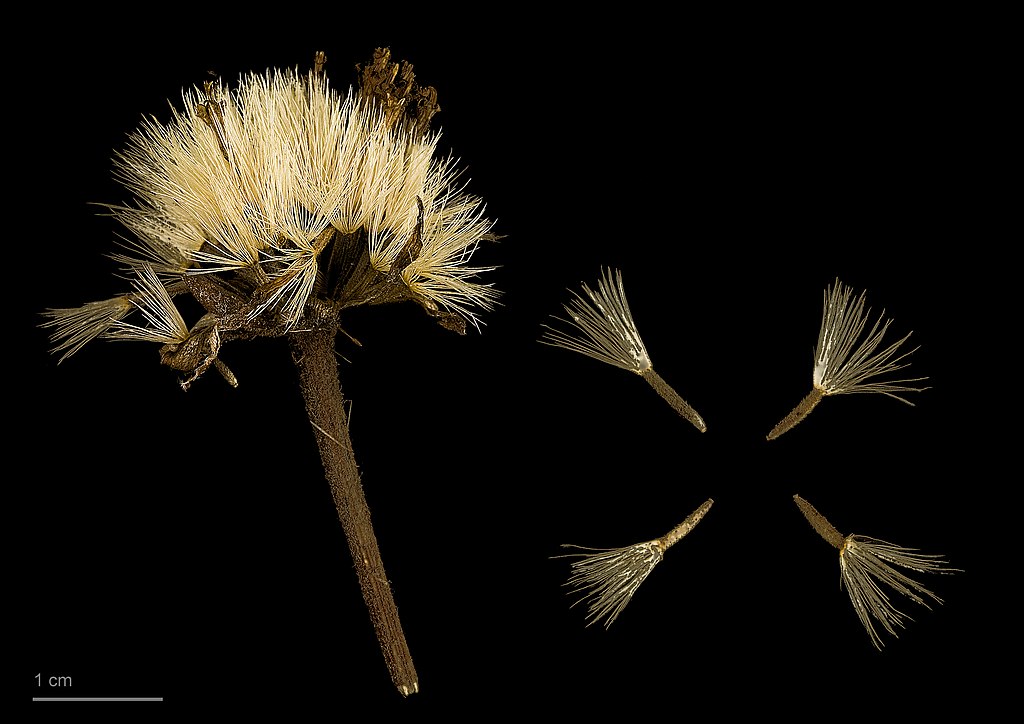
In late winter or early spring, start seeds in a small pot of moist seedling mix. Arnica seed needs light to germinate, so sow on the surface of the soil, barely cover the seeds, and lightly tamp them in. Allow up to four weeks for germination, maintaining even moisture and warmth with a transparent lid or plastic wrap.
Remove the lid after most of the seeds have germinated, and water from a bottom tray until the seedlings have a few sets of leaves and are sturdy enough to separate into cells or small individual pots.
Allow the repotted seedlings’ roots to fill their new containers before transplanting them in your garden, about six inches apart.
Root division
Arnica plants spread by underground rhizomes — horizontal stems adapted to send out both roots and shoots from their nodes to form new plants. This form of asexual propagation is very conducive for division when the plants are less active but the ground is not frozen (late fall or early spring.)
Dig up a section of plants, preferably in an area where they are exceptionally dense or have outgrown their designated bed. Find the nodes (areas with roots and/or stems growing from them) and snip the stems into smaller sections that include at least one node each.
Pot up the divisions and let them develop a good root system before planting out (six inches apart) in the spring. They can also be planted directly into the garden, provided they will receive regular water for the first few weeks while they get established.
Young plants
Arnica can also be purchased as small plants (plugs) or established plants (in pots or bare root). Since mature arnica has a spread of 12-18 inches, established plants can be spaced 12 inches apart. Smaller plants are generally planted more closely to prevent weeds from filling in the extra space as they grow.
In a prepared bed (well-drained soil free of weeds and grass) dig a hole that surpasses the root volume. Pop the plant in and fill in the hole, covering the roots. Bare root perennials should be planted as soon as possible after you receive them.
Water well and regularly, as arnica is not a drought tolerant plant.
Making medicine with arnica
Arnica flowers should be harvested as soon as the buds open (this ensures that you catch them before they form fluffy seed heads). Use snippers and gloves to avoid an unintentional dose of topical medicine or accidental ingestion by later contact with food.
The flowers can be used fresh to make a hot or cold poultice, or dried for later use or the making of oils and ointments. To prevent the flowers from moving to the next stage of setting seed, they need to be dried quickly, with the help of a dehydrator.
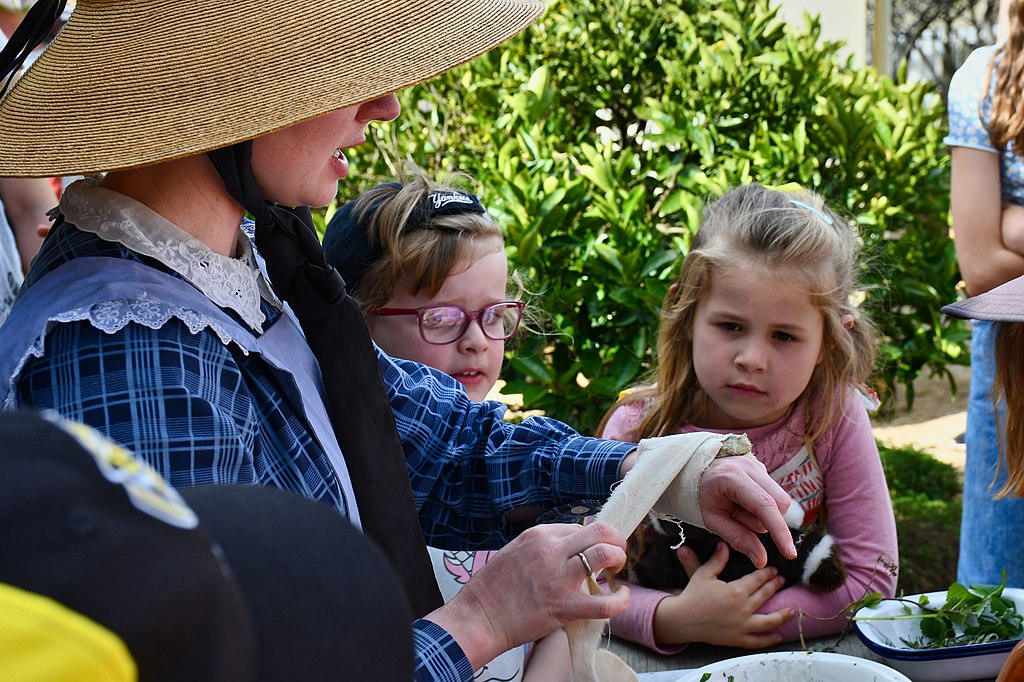
Arnica Poultice
Poultices are easy and effective medicinal tools, as they require few ingredients and can be made with the most potent fresh material. They are a bit messy though, and fresh plants are not always available.
To make an arnica poultice, crush a handful of fresh flowers and apply the pulp to the affected area with the help of a bandage. This may be replaced after a few hours. A less-messy option is to steep the flowers (fresh or dried) in enough boiled water to cover them. A cloth soaked in the water can be applied warm (to stimulate circulation to the area) or cold (to help reduce swelling).
Remember, as a member of the aster family, arnica can cause allergic reactions for those sensitive to other members of this big botanical family. Neither is it recommended for pregnant women or small children.
Arnica oil
Arnica oil can also be made from fresh flowers, but the presence of moisture increases the susceptibility to mold and spoilage. To get around this, the fresh flowers, placed in a clean, heat-proof bowl, are covered in oil (olive, sweet almond, jojoba, avocado or coconut). The uncovered container is warmed to allow the moisture in the flowers to be released and evaporated. This can be done in a double boiler or crock pot at a temperature of around 170° F for about six hours.
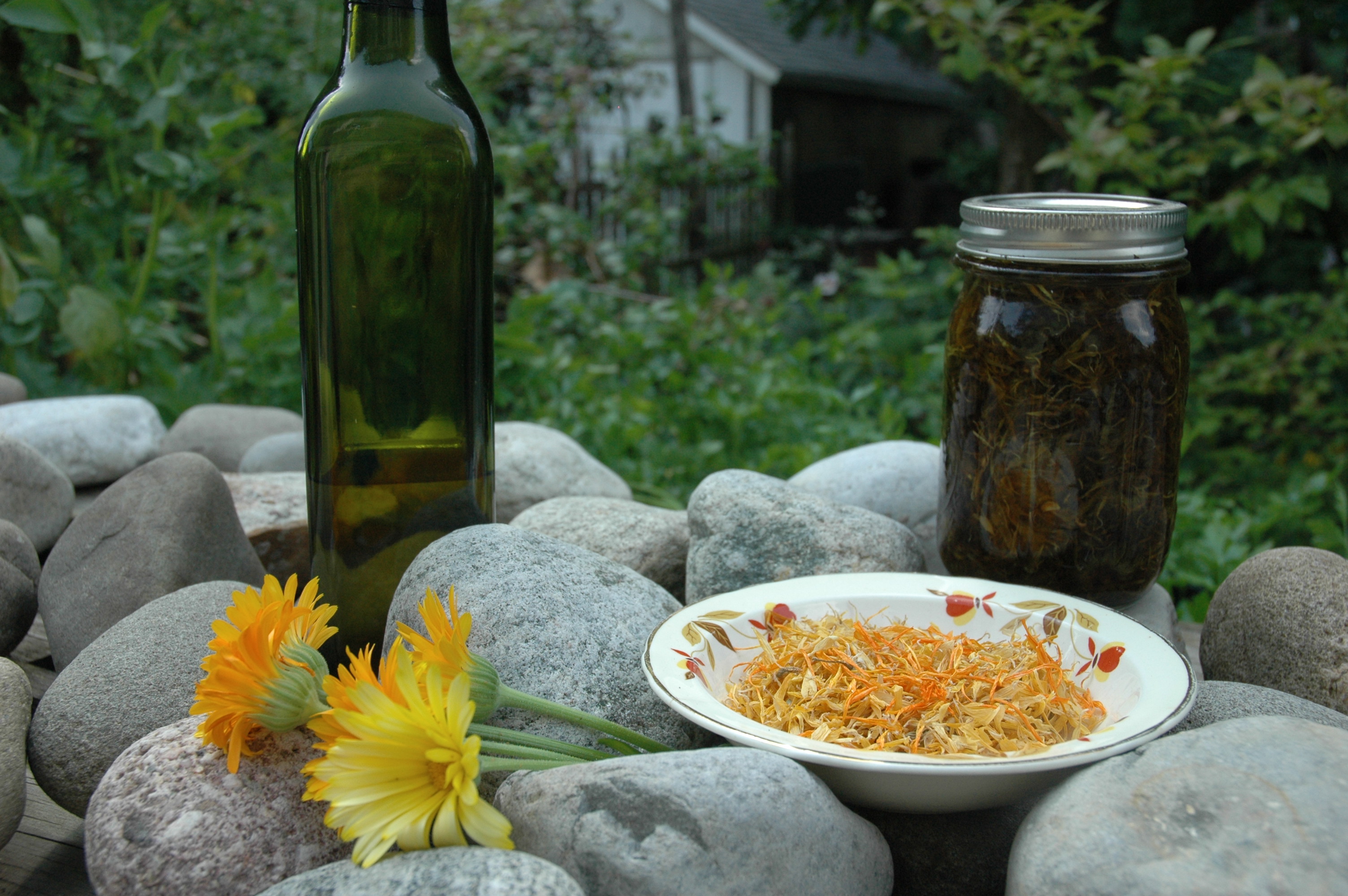
More often, arnica oil is made from dried flowers. If you’re in a hurry, flowers and the oil of choice can be warmed in a crock pot for several hours and then strained. It is preferable, however, to pack the flowers in a jar and cover them with oil. Cover the jar and place it in a warm area, out of direct sunlight. Shake it periodically for about six weeks. After this, strain out the flowers and use the oil for topical irritations, massage, or to make a salve.
Arnica salve
Arnica salve is a convenient year-round ointment for relieving various aches and bruises. It is basically arnica oil in a semi-solid form achieved through the addition of beeswax. Optional essential oils can enhance its effectiveness and give it a pleasing scent.
RECIPE — for four 2 oz. or two 4 oz. jars or tins.
Ingredients:
- ¾ cup prepared arnica oil
- ¼ cup beeswax pastilles or grated, natural beeswax
- 10 drops eucalyptus, camphor, lavender or peppermint essential oil (optional)
- ½ tsp. Vitamin E oil (recommended to prevent spoilage if the arnica oil was made with fresh flowers rather than dried)
Instructions:
- Heat the oil in a double boiler, crock pot, or instant pot by placing it in a 2-cup pyrex measuring cup over 1 cup boiling water.
- Add the beeswax and stir until it is completely dissolved.
- Remove from heat and add desired essential oil(s), along with vitamin E if necessary.
- Stir and pour into clean, dry jars and allow to cool.
- Cover, label, and store in a cool cupboard where it will be readily accessible.



